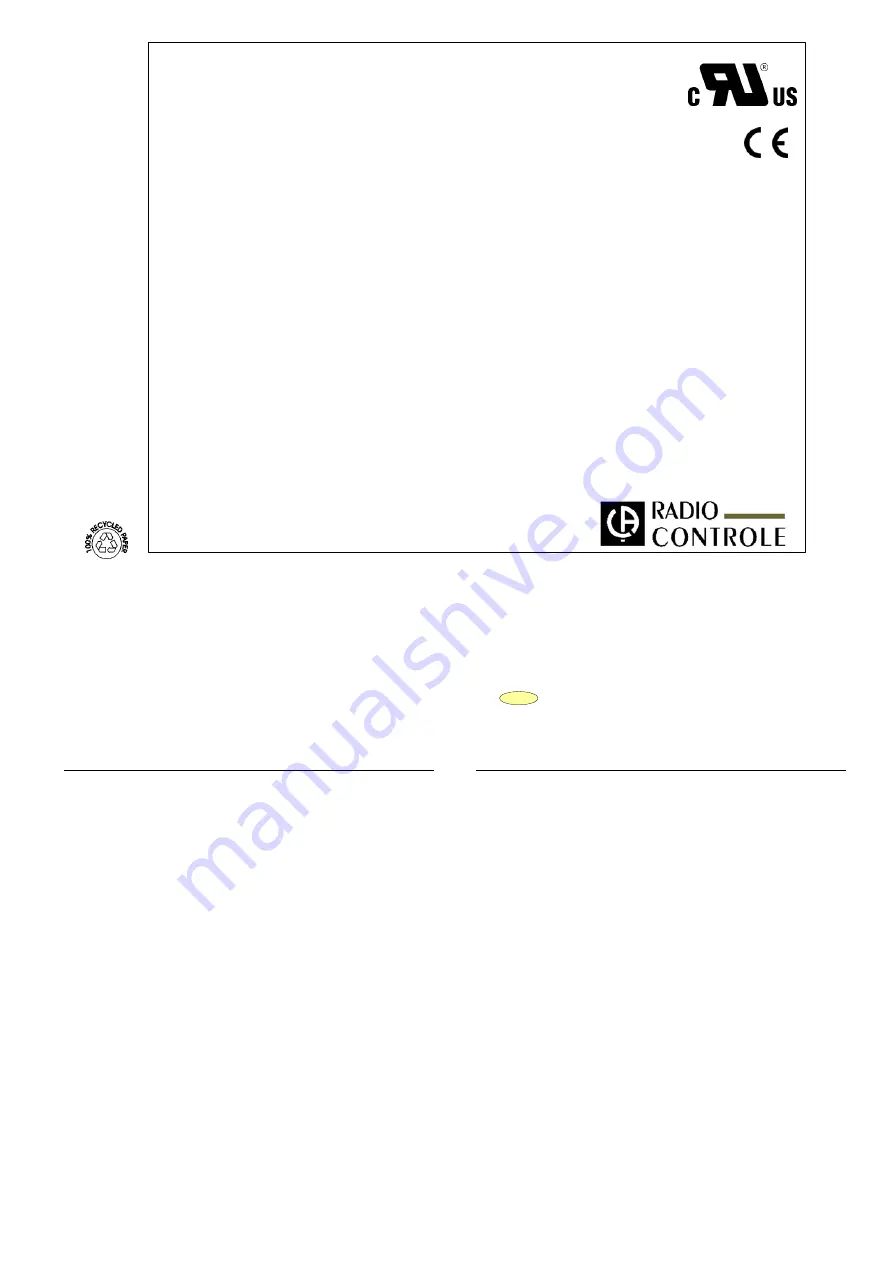
PROGRAMMABLE TACHOMETER
µDIGI2-TAC
INSTRUCTIONS MANUAL
Code:
Edición:
15
With the setting of "INP1" and "DSP1", the instrument should be able to operate correctly. Notwithstand, depending on the system
characteristics, it may be necessary to modify the internal measurement times.
After programming the "DSP1" parameter with decimal point, a push of
ENTER
of approx. 3s provides access to set the numerical
values of sampling and limit times.
SAMPLING TIME (TIME)
With irregular input signals, the display may present fluttering
or unwanted variations due that the number of input cycles
detected at each reading are not equal.
The "TIME" parameter allows stretching the measurement
interval while making an average of the readings taken along
the programmed time. This reduces possible display jittering.
The sampling time is programmable from 0.0 to 9.9 seconds.
A value of 0.0 means that no average will be made. It is set
at the factory to 1 second.
To help stabilizing the display in case of irregular input
signals it is recommended to increment this parameter, taking
into account that the display readout will be update at the
programmed time.
The sampling time can be reduced, if the input signal is
stable at the operating frequency, to increment the display
update rate.
LIMIT TIME (LIM)
The limit time, programmable from 1 to 10 seconds, is
applied in order to limitate the waiting time for at least 1
pulse is produced at the input before considering it to be
zero.
The limit time is initialized at the reception of each input
pulse. If no pulse is detected before completion of the
programmed time, the display goes to zero.
The instrument is shipped from the factory with a limit time
of 10 seconds.
Decreasing the limit time makes the instrument be able to
respond more quickly to the zero condition when the system
stops but this reduction leads to an increment of the
minimum displayable reading before the display goes to zero.
For example suppose that the desired readout for an input
frequency of 1KHz is 1000 lit/s.
With a limit time of 10s, the minimum frequency is 0.1Hz and
the display readout at this frequency is 0.1 lit/s. Since this
value would not be readable in a display of 1000 counts, the
limit time could be reduced to 1s, so the minimum frequency
will be 1Hz and the minimum readout before displaying zero
will be 1 lit/s.


































